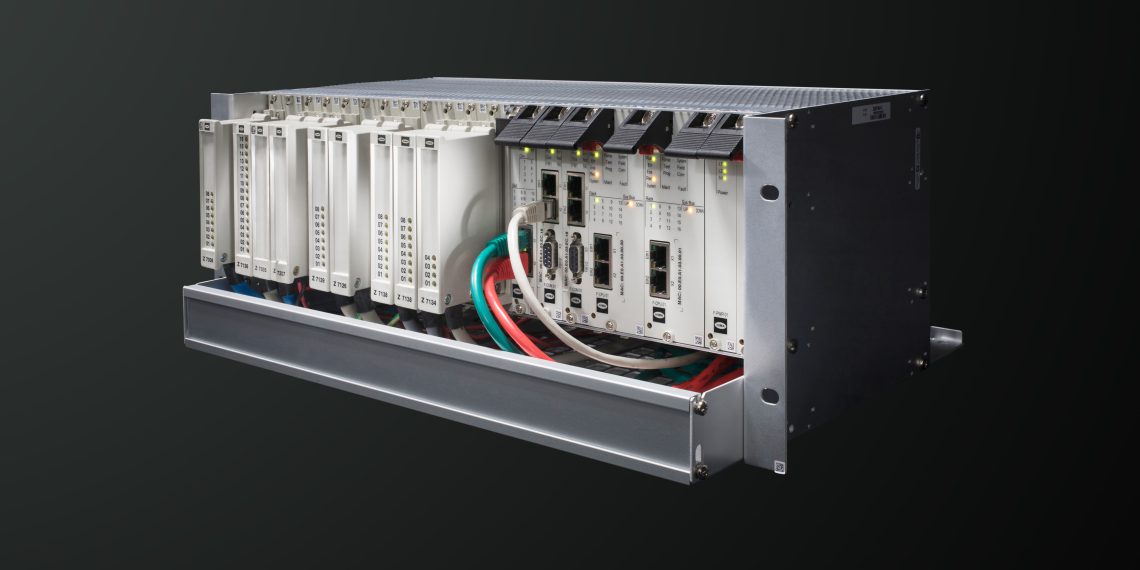Hima Paul Hildebrandt, provider of smart safety solutions for industrial applications, has brought a new programmable safety system onto the market. The flexible and scalable Hi-Quad X is a further development of the Hi-Quad, which has been securing over ten thousand applications worldwide for around 30 years. It fits seamlessly into Hima’s Smart Safety Platform.
The Hi-Quad X is not just a flexible, efficient safety system; it is also an important component in Hima’s new, technically coherent Smart Safety Platform, which unifies all safety systems of the company. Hardware and software are closely aligned. Plant operators thus receive a scalable solution which they can use to cover the complete safety and security requirements for small single applications right through to complex architectures of large-scale plants in line with requirements.
The Smart Safety Platform is based on the use of basic components which are identical for all Hima product families, including operating system, engineering tool and communication via Safe Ethernet. The fact that platform components can be combined freely means that virtually every customer solution can be developed and implemented. The holistic approach enables companies to use a solution from one source, thereby reducing the complexity of their plants considerably.
New performance dimensions, flexible system architecture and integrated intrinsic safety
With the implementation of the proven platform technology, the Hi-Quad X reaches a new performance dimension. Users thus benefit from a reduced system cycle and reaction time, particularly for floating point calculations. The increased diagnostic capability, which permits quicker defect tracking during maintenance work, provides additional benefits. On the one hand the more flexible system architecture enables the timely use of redundant modules right through to complete redundancy. On the other hand retrospective adaptations to the system for application programs, hardware and communication can be undertaken — even during operation.
The Hi-Quad X system also enables the use of SIL3 modules with integrated intrinsic safety (Ex protection). Users no longer need a separate isolation amplifier for their intrinsically safe SIL circuits. The benefits of the diagnostics provided can therefore be utilized up to the field device without any losses. Other benefits include the simplification of planning, documentation and furnishing proof of the intrinsic safety. The fact that flawed plant outages due to defective isolation amplifiers are no longer an issue is another huge bonus. This is made possible by the redundant connection options which always permit the exchange of defective system components during operation.
The Hi-Quad X system can of course be connected with every basic process control system (BPCS), even on a redundant pathway. It then continues to run independently even if an error occurs in the BPCS or in the communication. The security mechanisms which are installed assist with this process. They create a virtual and also a physical separation when standard protocols are used.
Hima customers who already use Hi-Quad systems benefit from the upgrade to Hi-Quad X with short plant outages and considerably reduced costs when compared to new installations. The I/O modules including field wiring can continue to be used. This enables users to make savings in terms of investment and costs for testing and documentation.

















